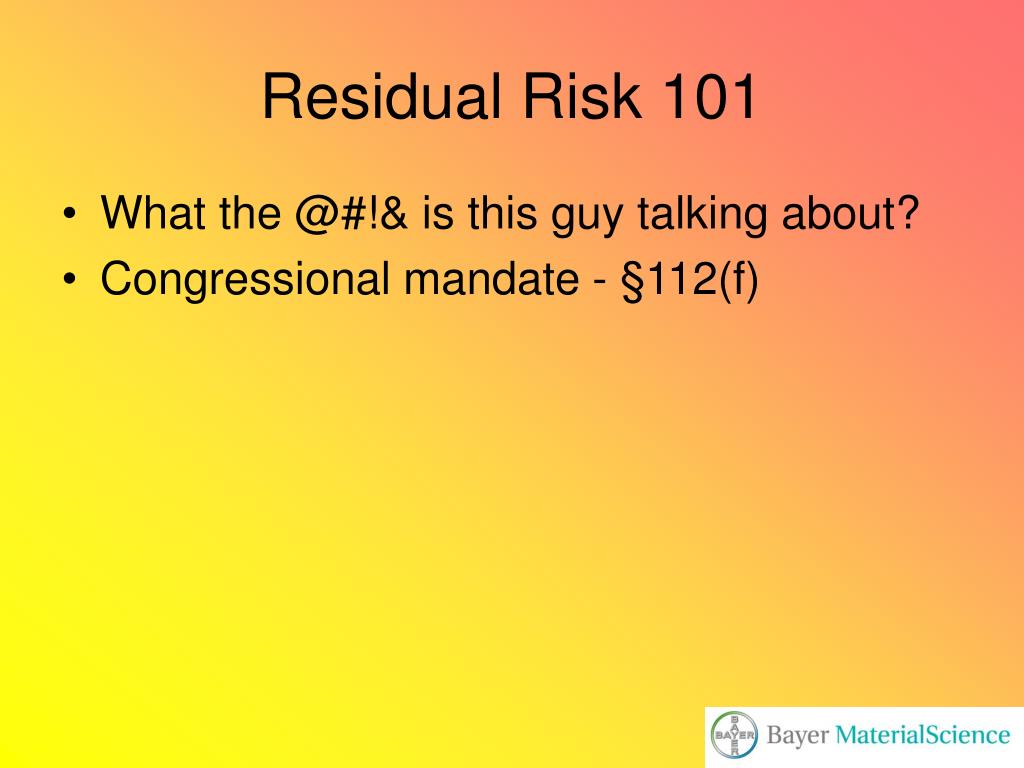
Inherent risk is established only after the entity's major objectives have been stated and efforts made to discover what could go wrong to prevent the entity from reaching those objectives.Īside from the impact and likelihood, the management evaluates the type of the risk, such as whether it is caused by fraud, natural catastrophes such as storms, or complex or uncommon commercial activities. The residual impact is the effect of an occurrence on an environment with security controls in place. The possibility of an incident occurring in an environment with security safeguards in place is known as residual likelihood. Inherent impact − The effect of an occurrence on a system that lacks security safeguards. The inherent likelihood is the possibility of an incident occurring in an environment with no security safeguards in place. The main distinction between inherent and residual risk assessments is that the latter considers the impact of controls and other mitigation strategies.Įach assessment program requires the definitions listed below −

Security teams may perform targeted remediation efforts with such vital analytics, allowing for the efficient deployment of internal resources. This will compel an examination of all security procedures in place and find any flaws that allow for excessive inherent risks.

To assess the effectiveness of recovery programs, residual risks can be compared to risk tolerance (or risk appetite). Residual Risk = Inherent Risks − The Impact of Risk Controls This will assist you in defining the particular requirements for your management plan as well as allow you to assess the effectiveness of your mitigation measures.Ĭalculating the remaining dangers in an ecosystem is a difficult task. How is Residual Risk Calculated?īefore developing a risk management strategy, you must first quantify all of the residual hazards unique to your digital ecosystem.

Residual risk must be evaluated in order to prioritize security measures and processes over time. It is important to assess residual risk to meet compliance and regulatory requirements. Residual Risk is the risk that remains after all the attempts have been done to detect and eliminate some or all categories of risk.


 0 kommentar(er)
0 kommentar(er)
